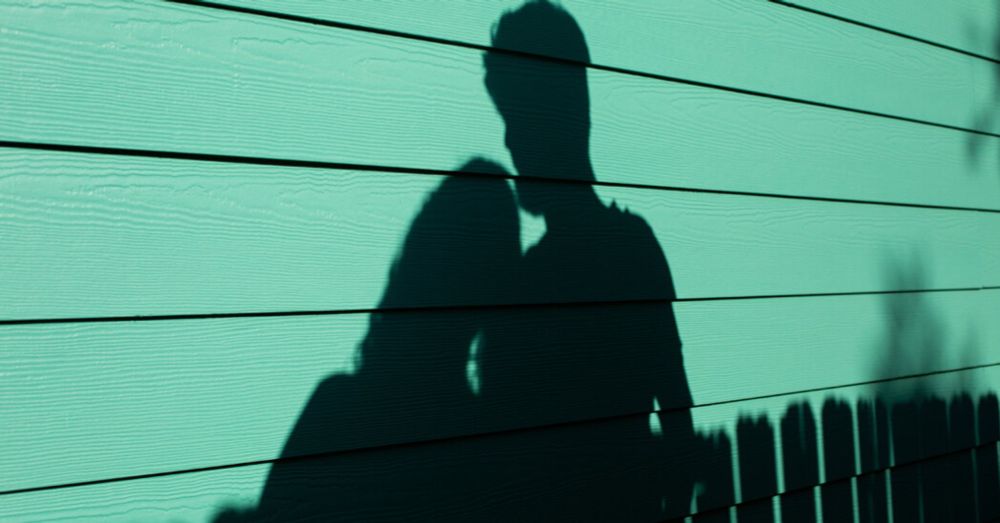
The CSWEP newsletter presents interesting testimonies about career and family
www.aeaweb.org/content/file...
The CSWEP newsletter presents interesting testimonies about career and family
www.aeaweb.org/content/file...
It underscores how financially destabilizing unplanned pregnancy can be — and how ill-equipped our safety net is to address it.

It underscores how financially destabilizing unplanned pregnancy can be — and how ill-equipped our safety net is to address it.
(with @erdaltekin.bsky.social , Erkmen Aslim, Wei Fu, and Ben Xue)

(with @erdaltekin.bsky.social , Erkmen Aslim, Wei Fu, and Ben Xue)
We study how abortion access affects economic hardship and crime in Texas using clinic closures after HB-2.
www.nber.org/papers/w34245

We study how abortion access affects economic hardship and crime in Texas using clinic closures after HB-2.
www.nber.org/papers/w34245
www.cnn.com/2025/04/22/h...

www.cnn.com/2025/04/22/h...
www.firesidestacks.com/p/abortion-a...

www.firesidestacks.com/p/abortion-a...
www.nytimes.com/2025/03/17/u...

www.nytimes.com/2025/03/17/u...
www.nytimes.com/2025/03/17/u...

www.nytimes.com/2025/03/17/u...


Deadline to apply is March 15.

